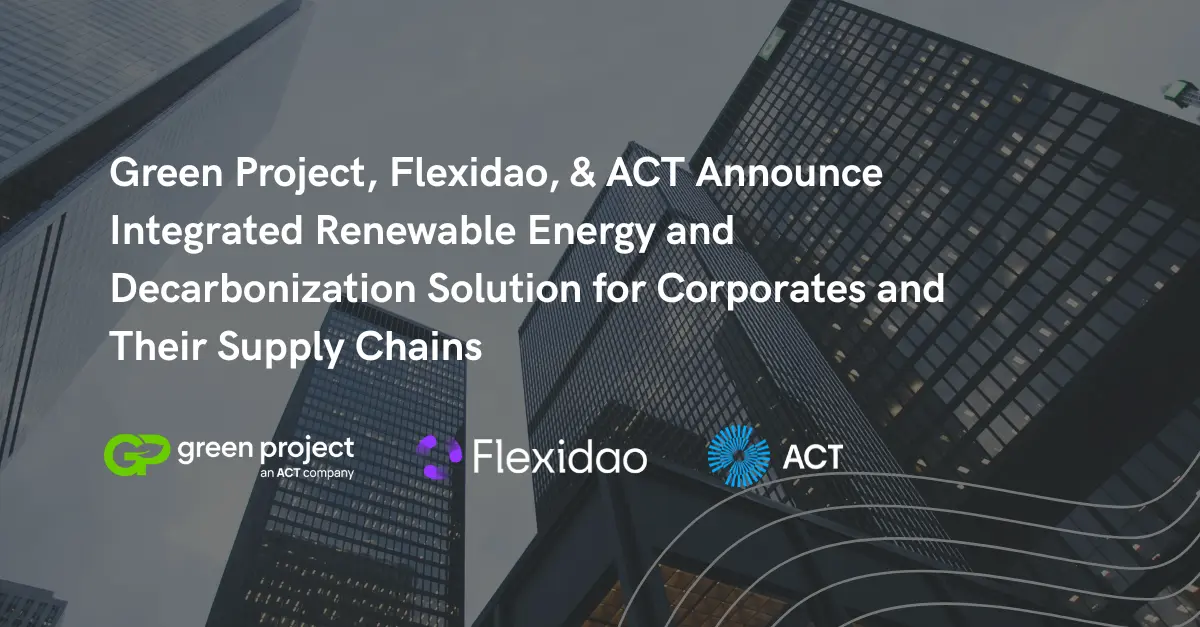Identifying and Understanding Power Purchase Agreements (PPA) Risks
Identifying and Understanding Power Purchase Agreements (PPA) Risks
Learn how to identify and manage risks in Power Purchase Agreements (PPAs) to ensure financial stability, meet sustainability goals, and secure a stable energy supply.
PPAs offer clear benefits but present inherent risks to energy buyers who enter into these long term agreements. These are risks buyers are usually shielded from as utilities take them on in regular supplier contracts. Common issues include market price volatility, production uncertainties, and operational disruptions. As an energy buyer, mitigating these PPA risks hinges on early detection.
This blog will walk you through some of the typical risks off-takers face when managing a diverse portfolio of PPAs and provide solutions for these challenges.
Understanding Power Purchase Agreements (PPAs)
PPAs are long-term, typically renewable energy contracts between a power producer (usually a renewable energy generator), and a power purchaser, which can be a utility company or a larger corporation. These contracts outline the terms and conditions for buying and selling a specific amount of electricity over a predetermined period.
By having a direct agreement with a power producer, companies can have a much clearer, direct impact on stimulating more demand for renewable electricity. It also provides more price stability for the energy buyer as they are entering into a long-term contract with the Power producer, preventing them from exposure to fluctuating wholesale energy prices. .
5 Common PPA Risks
PPAs offer greater control and potential cost savings compared to green tariffs but require higher levels of involvement from the energy buyer. Below are some other PPA risks to take note of.
- Volumetric risk
Volumetric risk in PPAs refers to the uncertainty and potential financial impact arising from the difference between the projected and actual volume of electricity generated and consumed. As PPAs tend to include intermittent renewable energy sources like weather-dependent wind and solar, this can lead to significant variability in the amount of electricity generated compared to the contracted amount.
If the actual generation differs from the expected volume, the financial outcomes are influenced by the prevailing market prices at the time of the mismatch, which can cause market price risks to occur. Price risk arises from fluctuations in electricity market costs. For PPAs, this risk is magnified if there is a mismatch between contracted electricity volumes and actual generation. When the renewable energy asset underperforms, the off-taker must purchase additional electricity from the wholesale market to meet consumption demands. This exposes them to financial risks. Higher market prices amplify losses during underproduction, while lower prices reduce potential savings during overproduction.
Although PPAs often guarantee electricity production volumes, producers may need to purchase additional EACs to fulfill contract obligations in case of underperformance. An underperforming PPA indicates insufficient renewable energy generation to fulfill contractual obligations. To solve this, organizations must make an effort to closely monitor actual electricity production against contract specifications and ensure the correct number of EACs are received.
- Shape risk
Shape risk is the risk that is associated with the hourly mismatch between supply and demand, and the resulting additional procurement costs that arise from this
- Regulatory and policy risk
PPAs operate within a complex regulatory and market environment. Changes in policies like renewable energy subsidies, emissions regulations, or even grid infrastructure can significantly influence the economics and risk profile of these contracts. An example of this would be the introduction of carbon pricing mechanisms or stricter renewable portfolio standards. Both scenarios can alter the value of Renewable Energy Certificates (RECs), impacting PPA pricing and contract terms.
- Credit risk
Credit risk in this context refers to the potential financial loss incurred if one party fails to fulfill its contractual obligations. For instance, if a corporate buyer signs a contract with a renewable energy project to purchase renewable energy before it's even completed. There is always a risk that the project might experience delays, underperform, or fail, leaving the buyer without the energy already paid for. Conversely, if the buyer defaults on payment obligations, the project's financial viability is compromised. To mitigate this, parties can incorporate guarantees, letters of credit, or other financial instruments into PPAs.
Strategies for Mitigating PPA Risks
- Contractual clauses
Include specific clauses in the PPA contract that address data availability and accessibility, performance guarantees, and curtailment conditions. Access to real-time data allows you to monitor your contract performance and identify your exposure to volumetric PPA risks. These clauses ensure that both parties are aware of their obligations and the mechanisms in place to handle deviations from expected volumes.
- Real-time data monitoring
Implementing monitoring systems can help track the performance of the PPA asset and detect volumetric risks early. Having access to the data you need to track volumetric risk, allows you to monitor your contract performance and identify your exposure to volumetric risks. Flexidao's platform provides high-resolution intelligence for tracking the performance of clean energy contracts and certificates by effectively calculating, monitoring, and forecasting key operational, financial and risk metrics.
- Shape Risk
Matching electricity supply and demand is crucial for mitigating PPA risks. Renewable energy's intermittent nature can create challenges, as sellers prioritize immediate offtake while buyers often seek flexible delivery options. By monitoring the alignment between generation and consumption, businesses can identify potential mismatches and implement strategies to address them. This includes exploring options like energy storage or demand response to bridge the gap between supply and demand.
- Monitor electricity generation against contract terms
To effectively manage a PPA, organizations need to monitor electricity generation against contract terms. A good rule of thumb for ensuring compliance of contractual terms is to validate hourly generation volumes and identify inexcusable outage periods. This includes tracking plant performance, comparing actual output to projected volumes, and verifying the accuracy of REC issuance. Flexidao simplifies this process by providing insight into hourly generation data so organizations can calculate availability performance metrics and understand if and when outage reasons are justified.
- Leverage technology for financial performance
Reporting financial outcomes of virtual PPAs and managing liquidity needs are both necessary for estimating near and long-term cash-flow commitments. However, these calculations can be complex, requiring many data sets from various sources. This is where solutions like Flexidao’s come in. The platform enables deeper understanding of an organization’s past financial performance and forecast financial outcomes of virtual PPAs by providing greater visibility of what is going on under the hood via data visualizations like cash flow performance overview or quantitative cash flow forecast.
How Flexidao Can Help
Flexidao’s platform is tailored to meet the specific needs of corporate energy buyers who manage a portfolio of PPA contracts. By automating data processes, simplifying reporting, and ensuring compliance, our platform helps you manage risks, optimize financial performance, and make strategic decisions with confidence.


.webp)





